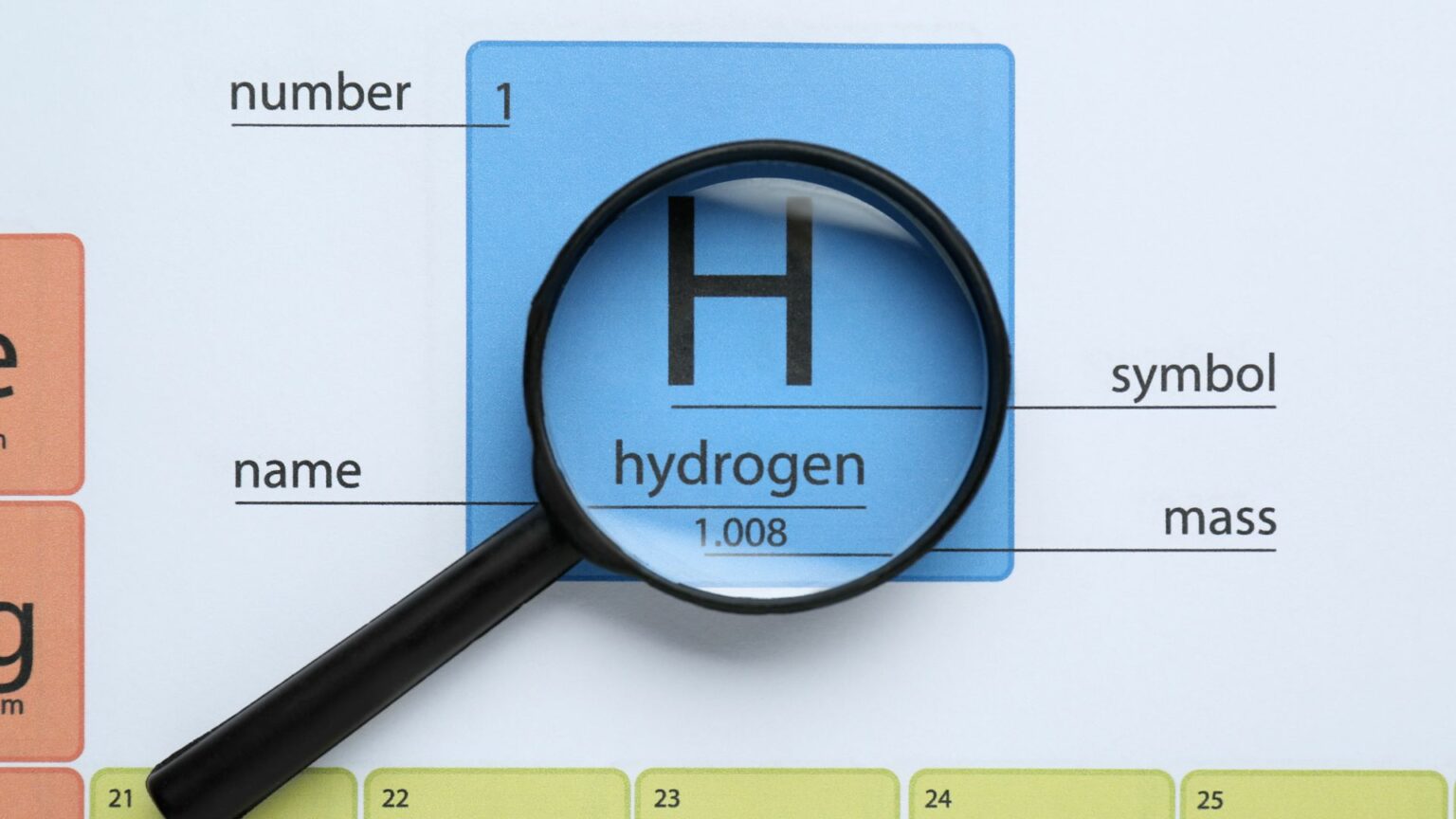A recent study by Yucong Fan and colleagues offers new insights into the temperature distribution in solid oxide fuel cells (SOFCs). This research is crucial as SOFCs are pivotal in the hydrogen energy sector, particularly for their efficiency and potential to reduce greenhouse gas emissions. Understanding temperature profiles within these cells can significantly improve performance and longevity.
Main Findings
The study focuses on the experimental investigation of temperature distribution within SOFCs. The researchers identified specific temperature gradients and their effects on the cells’ overall performance and structural integrity. These findings highlight the critical aspects of thermal management that could enhance SOFC efficiency.
Potential Applications
This study’s insights are poised to impact the design and manufacturing of SOFCs significantly. Improved thermal management could lead to more efficient fuel cells, have longer lifespans, and require less maintenance. These advancements will be particularly beneficial for sectors relying on hydrogen energy, including transportation and stationary power generation.
Market Relevance
The hydrogen market is booming, driven by the global push towards sustainable energy. Improved SOFCs, enabled by better thermal management, could further accelerate the adoption of hydrogen energy solutions. This research makes a pertinent contribution by offering a pathway to make these solutions more viable and cost-effective.
Technical Details
The study utilized advanced techniques to measure temperature distribution in SOFCs under various operational conditions. By calculating the temperature gradients, the researchers could correlate specific thermal profiles with performance metrics such as efficiency and degradation rates.
Broader Implications
Beyond immediate applications, this research could spur additional investigations into related areas such as material science and thermal engineering. As SOFCs play a critical role in hydrogen energy infrastructure, enhanced understanding and management of temperature distribution can have far-reaching implications, potentially leading to breakthroughs in other hydrogen-related technologies.
Key Takeaways
1. Improved Performance: Better thermal management through understanding temperature distribution can enhance SOFC efficiency and longevity.
2. Economic Impact: Enhanced SOFCs could lower operational costs, making hydrogen energy solutions more competitive.
3. Research Advancements: The study opens avenues for further research in materials and thermal management for SOFCs and other hydrogen technologies.

